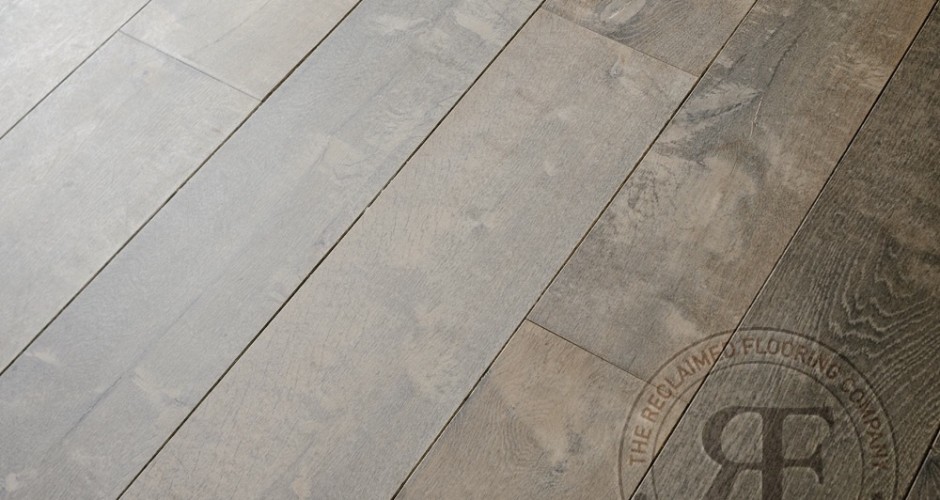
Reclaimed & Antique Wood Floors
We thought that it would be a useful post to share some historic finishing expertise information without disclosing too many of our company trade secrets.
(This information below was first written in 1910)
The new technics of wood mordanting, or wood staining, are based on entirely different principles.
The dyes or chemicals used are perfectly soluble in water or other solvents, such as turpentine or alcohol, so that these dyes and chemicals, penetrating with their solvents (water, turpentine, alcohol) up to a certain depth in wood, remain therein when the solvents evaporate, thus according a stained surface. In many instances of wood-staining, the dye is actually generated (chemically) in the wood fiber and left there by means of the consecutive effect of two proper chemicals, or by the effect of chemicals on the tannic acid already in the wood.
In whatever manner the staining is done, whether by means of solutions of prepared stains, or by means of the reciprocal action of chemicals on each other, there is always an actual staining of the pulp of the wood up to the depth of one-half to three-fourths of a millimeter, to which the mordant solutions actually penetrate within the wood. On this property of the stain, to penetrate into the pulp of the wood itself and to deposit there the dissolved stain, rests its capacity for sharply intensifying the structure of any kind of wood. The pulp of different kinds of wood is by no means of uniform hardness and density. In particular the annual rings in our domestic evergreens are always harder than the wood in between. But in the harder deciduous woods also, where the difference between the annual rings and the rest of the wood is not so marked, there are always differences in the density of separate parts of one and the same surface.
12 MORDANTING AND STAINING
The penetrating capacity of the staining solutions is favorably or unfavorably influenced by these differences in density and hardness of the separate parts of one surface. In the softer parts of the wood the stain not only penetrates deeper, but greater quantities of it are absorbed than in the harder and denser portions. Hence in the softer parts of the wood there is a much greater amount of colour deposited than in the harder parts, corresponding to the increased assimilation of the stain ; and after staining, these appear darker, generally showing a more tinged shading than the harder parts. This is especially characteristic of evergreens, such as firs, pines, pitch-pines, Carolina pines and yellow pines. By the various absorbent qualities of soft and hard parts in the same surface is to be explained the fact that the marking and silver grain of the wood, which are scarcely visible in its natural state, come into prominence after staining with an enhanced beauty due to the tinged shading. Therefore it will be perceived that the staining of wood not only affords us a desired color effect, but presents un- changed the natural marking characteristic of each species. The process has taken its rank among the foremost arts of the day, and it is hoped to accord within these pages a comprehensive aid to its higher advancement and utmost perfection.
http://www.reclaimedflooringco.com/about-page/our-personalized-bespoke-finishing-service/

